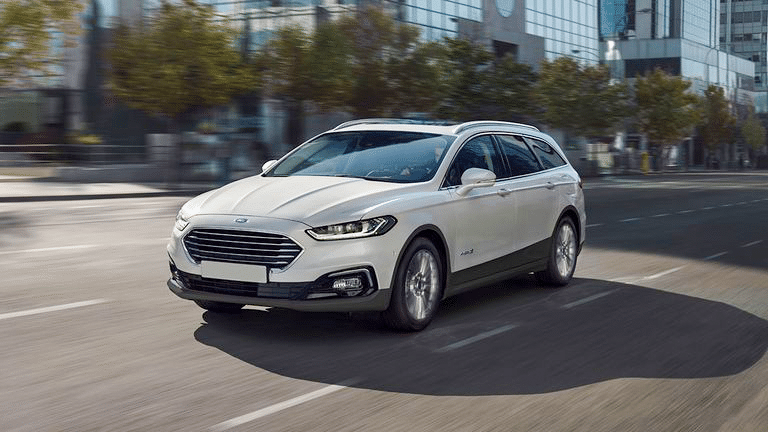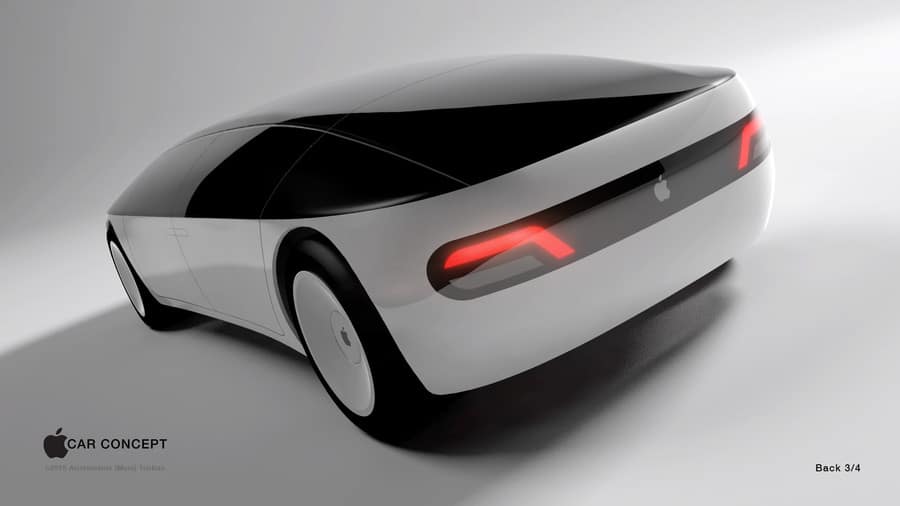Programmatic audience strategies for 2021 auto trends
Auto’s ready to rejuvenate in 2021, and while it’s a long road to recovery, auto marketers can prime their campaigns for success through a programmatic approach. By strategically accessing the most relevant audiences, advertisers can capitalize on current industry trends to grow and scale campaigns while attaining likely buyers lost by competitors.
Digital advertising will be making a considerable comeback in 2021, with a 21.4% increase in ad spend expected to bring figures more in line with pre-pandemic numbers. As spring approaches, wallet-tightening days are seemingly over for advertisers as well as lockdown-weary consumers, and competition for the digital attention of car buyers is about to ramp up. Position yourself ahead of the pack with some strategy—let’s take a look at leveraging recent and ongoing auto trends to discover how targeting with social insights-based audiences can drive new customers.
the end of the sedan
One of the bigger auto trends of 2020 was the continued decline of sedan sales. For the last several years, automakers have generally watched midsize car sales steadily slip, reacting by discontinuing once-successful sedans like the Ford Fusion and Chevy Impala. As more car buyers have been transitioning to trucks and SUVs, auto manufacturers seem perceptive on the trend, with new trucks and SUVs like the Ford Fusion Active expected to deliver sales in 2021 and dominate advertising.

Ford Fusion Active
This leaves a golden opportunity for rival brands to market their continued sedan offerings. For example, Toyota could reach Impala audiences with their 2021 Corolla, or Chevy’s 2021 Spark could cater to recently-discontinued Honda Fit fans now looking for a similar replacement. Likely buyers are always readily accessible, provided advertisers know where to find them.
the rise of electric
Other big auto news of 2020 involved the new kid on the block, Tesla, reeling in continued profits while solidifying itself as a serious contender and influencer within the automotive industry. In fact, within a week of Elon Musk’s attainment of richest person on the planet status, GM unveiled its electric-focused rebranding and concept vehicles, with the company seemingly going all-in on an electric/electrified future.
How can auto marketers leverage electric vehicle audiences? GM’s doubling-down on EVs implies the industry behemoth is ready to directly compete with Tesla’s robust and growing segment. By accessing accurate audiences of Tesla fans, GM can deliver their updated mission and messaging to those more likely to welcome it. And by narrowing that audience to Tesla fans who already own a GM vehicle, GM can hone their campaigns further in on those most likely to convert.
the future of autonomous
Self-driving cars have been discussed for some time now, but with Tesla’s mega-success and more details of Apple’s upcoming autonomous car gradually emerging, big tech is poised to reshape the auto industry during the next couple of years. How can either tech brand leverage the continued conversation as impending releases loom on the horizon?

An Apple Car concept design.
This design by Aristomenis Tsirbas won Freelancer’s Apple Car Concept contest in 2015.
By targeting Tesla audiences, Apple can reach a seemingly perfect pre-built demographic for their upcoming auto promotions. And conversely, Tesla or even GM can conquest Apple fans with its current lineup of electric and/or smart cars, strategically stealing thunder from Apple’s slow entry into the sector.
2020 accelerated online usage across all industries, and with more people online than ever before, brands and marketers can now access greater insights into consumer behavior. Our deep social media footprint provides us with a thorough understanding of the brands people talk about, the products that engage them, and the topics that move them. Get in touch with us at audiences@affinityanswers.com and discover how our deep insights can impact your strategy and outreach. View our audience segments to discover new opportunities in targeting, and keep an eye out for Affinity Answers in your favorite marketplace or DSP.


